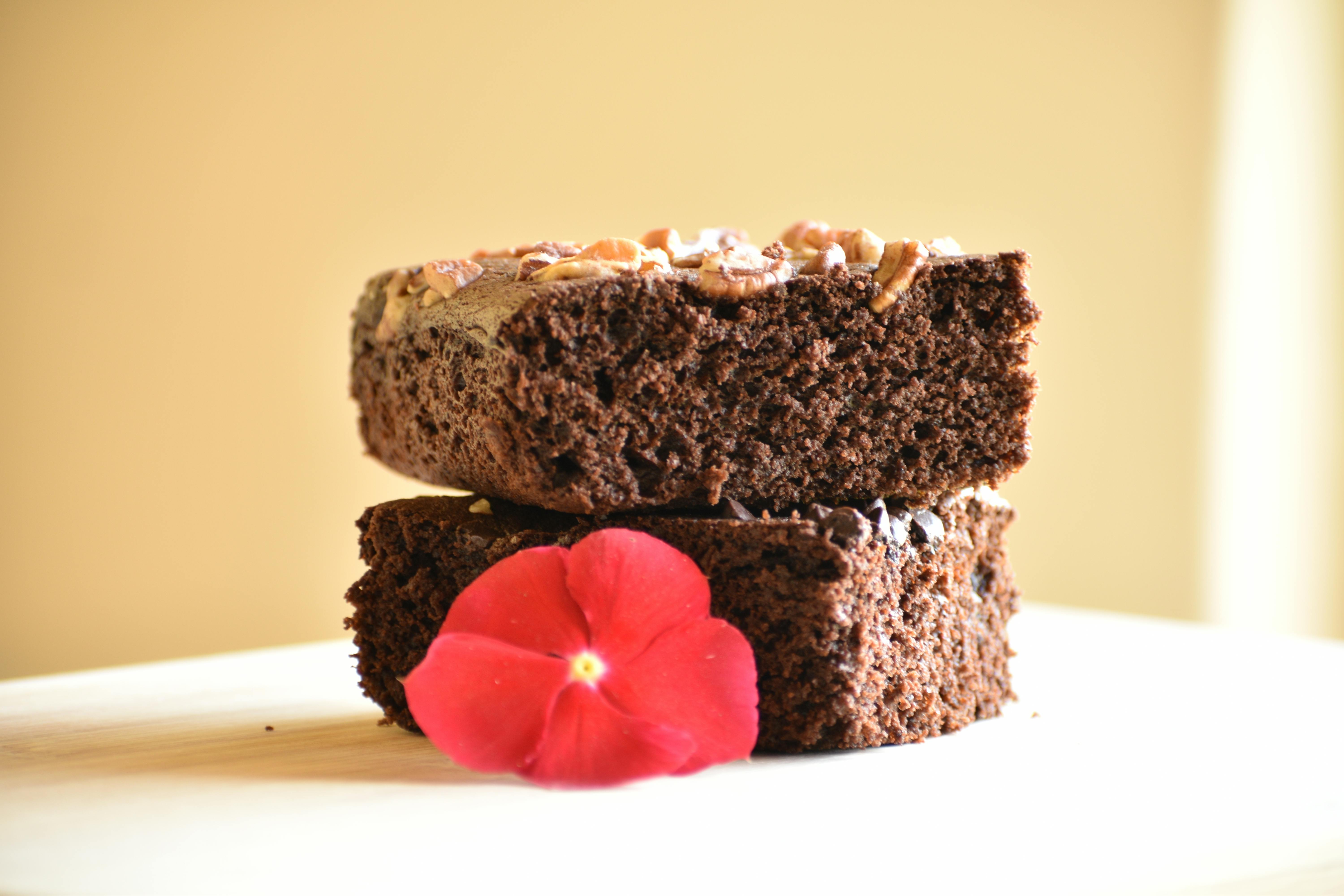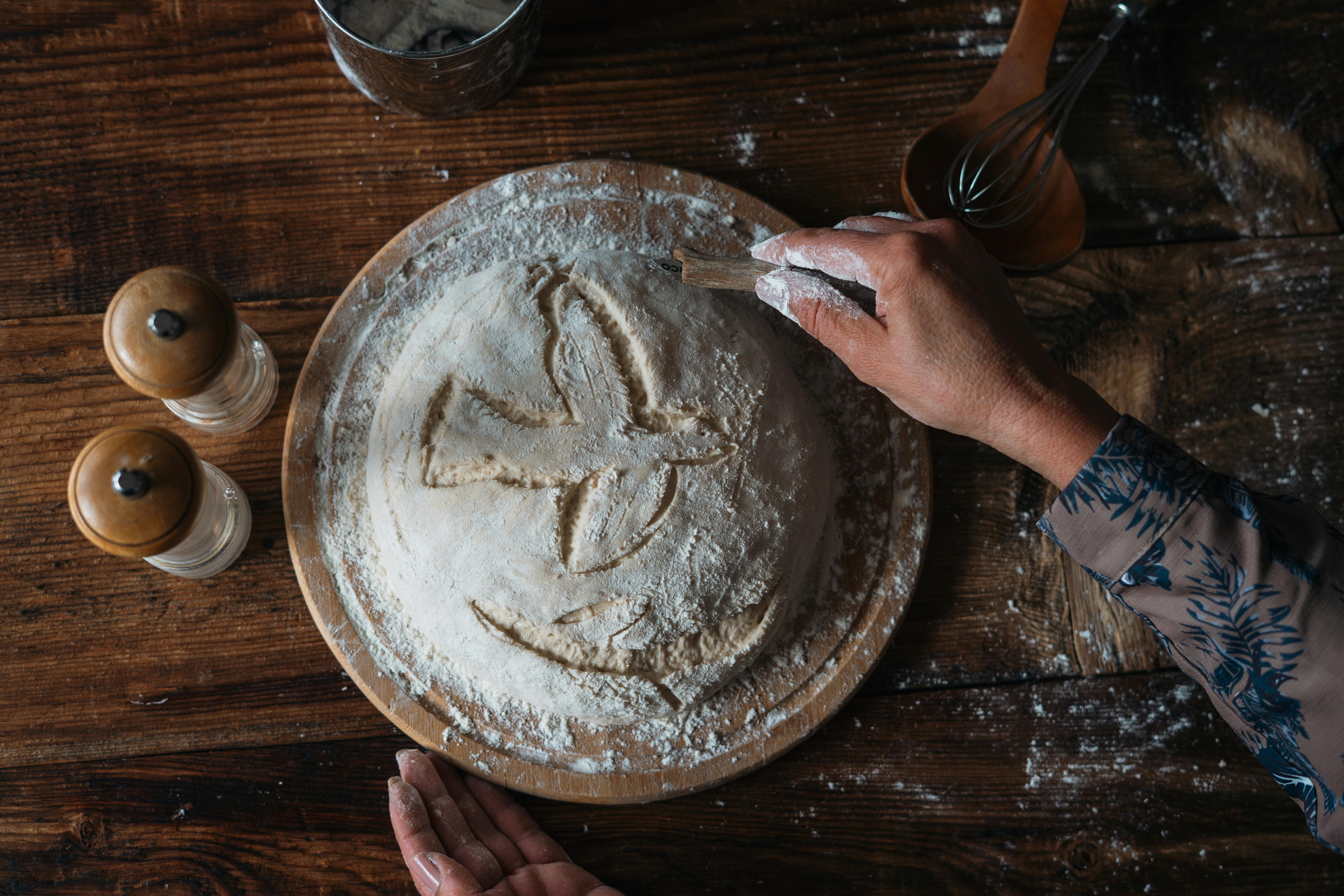
Practical Guide to Smoking Brisket: Essential Timing Tips for Success in 2025
Smoking brisket is an art that combines patience, skill, and timing to achieve the perfect balance of flavor and tenderness. As a beloved staple in barbecue culture, especially in Texas style, understanding how to smoke a brisket effectively is essential for aspiring pitmasters and grill enthusiasts alike. This comprehensive guide will detail essential timing tips, cooking methods, and preparation techniques to elevate your brisket smoking game in 2025.
Brisket, known for its rich flavor and robust texture, requires an understanding of various factors, including size, cooking temperature, and ideal smoking durations. With our practical approach, you'll learn to avoid common pitfalls and ensure your brisket turns out juicy and flavorful every time. We'll also explore marinating options, seasoning techniques, and the importance of resting your meat after cooking.
As you read through this guide, you'll find tips for both beginners and seasoned smokers. By following the advice laid out in this article, you'll soon be able to impress family and friends with perfect smoked brisket. Grab your meat thermometer and let's get started!
Understanding Brisket: Setting the Stage for Success
Brisket Anatomy: The Cut That Defines the Flavor
Before diving into smoking techniques, it’s crucial to understand brisket anatomy. A full brisket consists of two distinct cuts: the flat and the point. The flat is leaner, while the point is known for its marbling and richness. Identifying the right cut impacts your smoking success and final flavor profile.
Brisket Size Guide: Calculating Cooking Time
The size of your brisket significantly affects smoking time. Typically, the general guideline is to allow 1 hour per pound of brisket at a temperature of 225°F. However, factors like thickness and fat content must also be considered. Use a brisket smoking calculator for more precise timing based on your specific cut.
Brisket Cooking Methods: Choosing Your Technique
There are several methods to smoke brisket, including offset, pellet, and electric smokers. Each type has its pros and cons, with offset smokers known for offering a more pronounced smoky flavor, while pellet smokers provide ease of use. Regardless of your choice, understanding the ideal smoking temperatures and methods is crucial for achieving optimal results.
Common Brisket Mistakes to Avoid
New smokers often face pitfalls. Common mistakes include not trimming the fat cap properly, using too high of a temperature, and skipping the resting phase. Proper trimming retains moisture, ensuring a tender finish. Furthermore, cooking brisket low and slow not only boosts flavor but also enhances tenderness.
Essential Tips for Timing Your Brisket Smoke
How Long to Smoke a Brisket: Strategies for Success
The ideal cooking time for brisket largely depends on its size and weight. Standard smoking time falls between 10 to 14 hours for a 10 to 14-pound brisket, maintaining a consistent temperature between 225°F to 250°F. Developing a cooking schedule will help you remain on track for a flawless execution.
Monitoring Brisket Temperature: The Key to Readiness
Utilizing a meat thermometer is crucial for checking brisket readiness accurately. Aim for an internal temperature of 195°F to 205°F for optimal tenderness. Understanding the temperature ranges allows you to determine when the brisket is ready to be taken off the smoker.
Wrapping Brisket in Butcher Paper: A Timing Technique
Wrapping brisket in butcher paper during cooking locks in moisture and helps achieve a desirable smoke ring. Many pitmasters recommend wrapping your brisket when it reaches around 160°F. This technique prevents the meat from losing moisture while allowing it to continue cooking evenly.
Resting Smoked Brisket: Timing for Flavor Infusion
Resting your brisket is crucial to integrate flavors and maintain moisture retention. Letting it rest for at least an hour before slicing allows the juices to redistribute, enhancing overall texture and taste. During this time, keep the brisket wrapped in butcher paper or foil to maintain warmth.
Brisket Preparation: Mastering the Basics
Seasoning Brisket for Smoking: Creating the Perfect Rub
Achieving that iconic flavor profile involves seasoning your brisket properly. A mix of salt, pepper, and garlic powder forms the classic rub, while additional spices can be added for complexity. Experiment with flavors to find your personal touch!
Marinating Brisket: Enhancing Flavor and Tenderness
Brining or marinating brisket before smoking can elevate flavor and moisture retention. Prepare a simple marinade using herbs, spices, and vinegar-based solutions to create a delicious flavor infusion. Allowing your brisket to marinate for at least several hours (preferably overnight) can significantly enhance the taste.
How to Slice Brisket: The Final Touch
Slicing brisket correctly ensures that each bite is tender and flavorful. Always cut against the grain to maintain the structure and tenderness of the meat. A sharp knife is key, as sharp blades create cleaner cuts, enhancing the presentation of your smoked brisket.
Monitoring Brisket Smoke Flavor: Balancing the Perfect Profile
Understanding how to balance flavors during the smoking process is a skill that will develop over time. Experimentation with different wood types, such as hickory or oak, helps achieve the desired depth of flavor. Additionally, pairing your brisket with appropriate side dishes and sauces can enhance the overall dining experience.

Advanced Techniques: Maximizing Your Smoker’s Potential
Wood Types for Smoking Brisket: Choosing Flavor Profiles
The choice of wood can greatly affect the flavor of your brisket. Popular woods include mesquite for a strong flavor, applewood for sweetness, and cherry for a balanced taste. Try mixing wood types for a more complex smoke flavor.
Cooking Brisket for Tenderness: Techniques to Ensure Success
To achieve tenderness, maintain a low and slow cooking method, allowing collagen to break down. Monitoring temperature closely and utilizing a rest period will also contribute to a juicy and tender result. Understanding the cooking stages and how they correlate with tenderness can make a significant difference.
Smoking Large Briskets: Tips for Success
When smoking larger cuts of brisket, ensure even cooking by managing smoker heat effectively. Using an indirect heat method will promote even cooking and more manageable results. As with smaller cuts, patience is critical for success.
Internal Temperature Check: How to Ensure Doneness
Utilizing a reliable meat thermometer is essential for determining doneness. Check various points of the brisket, particularly the thickest areas. Achieving a target internal temperature is crucial for ensuring you don’t overcook or undercook your brisket.

Frequently Asked Questions about Smoking Brisket
What is the best temperature for smoking brisket?
The best temperature for smoking brisket is typically between 225°F to 250°F. This low and slow method allows for proper rendering of fat and tenderness.
How can I avoid dry brisket?
To avoid dry brisket, ensure proper marbling in the cut and monitor the cooking temperature closely. Wrapping in butcher paper and allowing adequate resting time will also help retain moisture.
How do I know when my brisket is ready?
The best way to check brisket readiness is by measuring the internal temperature with a meat thermometer, aiming for 195°F to 205°F. Additionally, the tenderness test (where the probe slips in easily) can indicate doneness.
What are some common mistakes in brisket smoking?
Common mistakes include cooking too fast at high temperatures, not allowing for resting time, or not monitoring internal temperatures accurately. Avoiding these pitfalls will help ensure a successful smokey feast.
Can I combine different woods for smoking brisket?
Absolutely! Combining different types of wood can create a unique flavor profile for your brisket. Experiment with various combinations for the best results tailored to your taste preferences.
Conclusion
Mastering the art of smoking brisket requires knowledge, technique, and well-timed execution. By using the essential tips and insights provided in this guide, you will navigate the sometimes daunting world of brisket smoking with confidence. Remember to take your time, practice consistency, and develop your own style. Happy smoking!